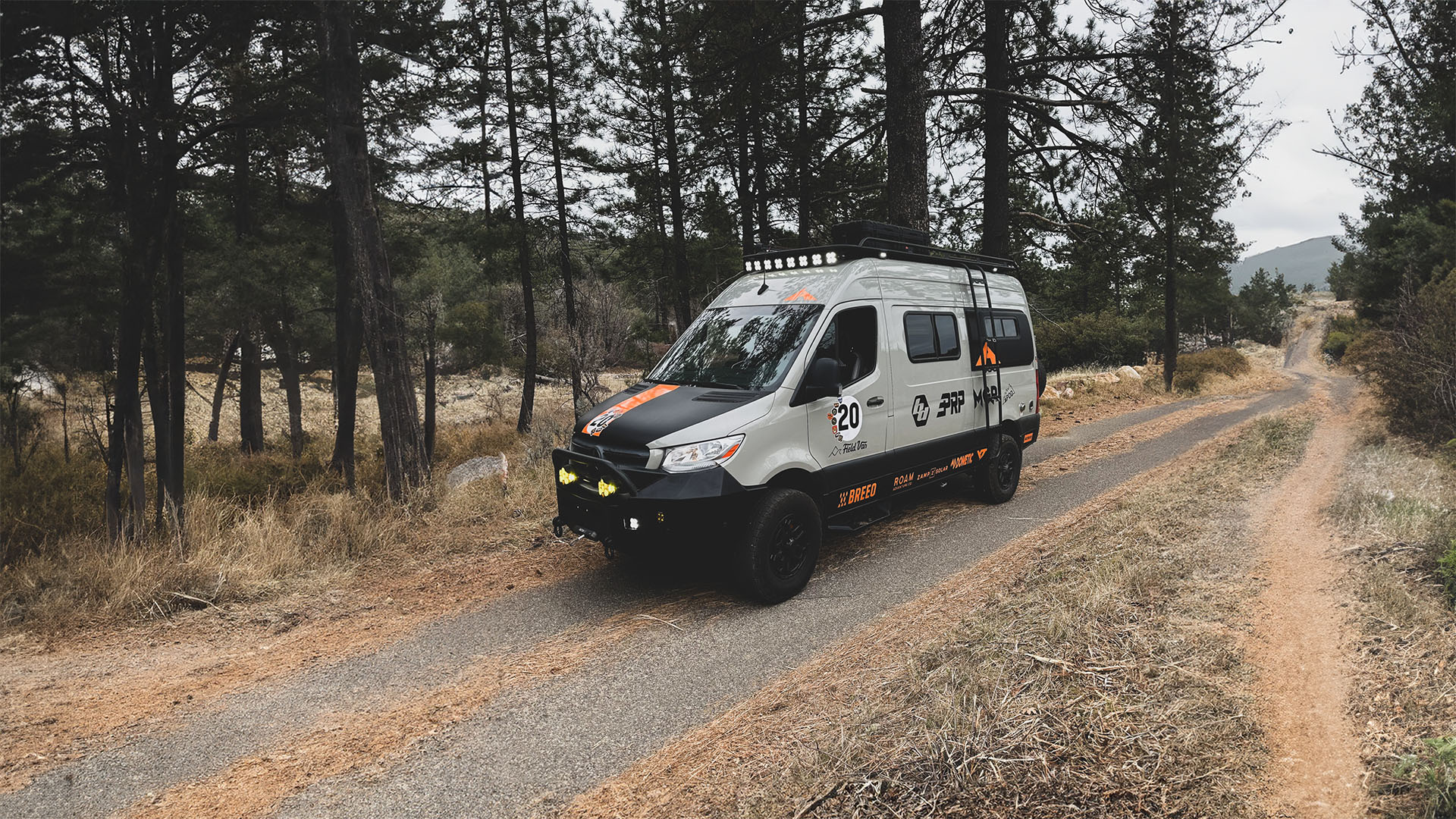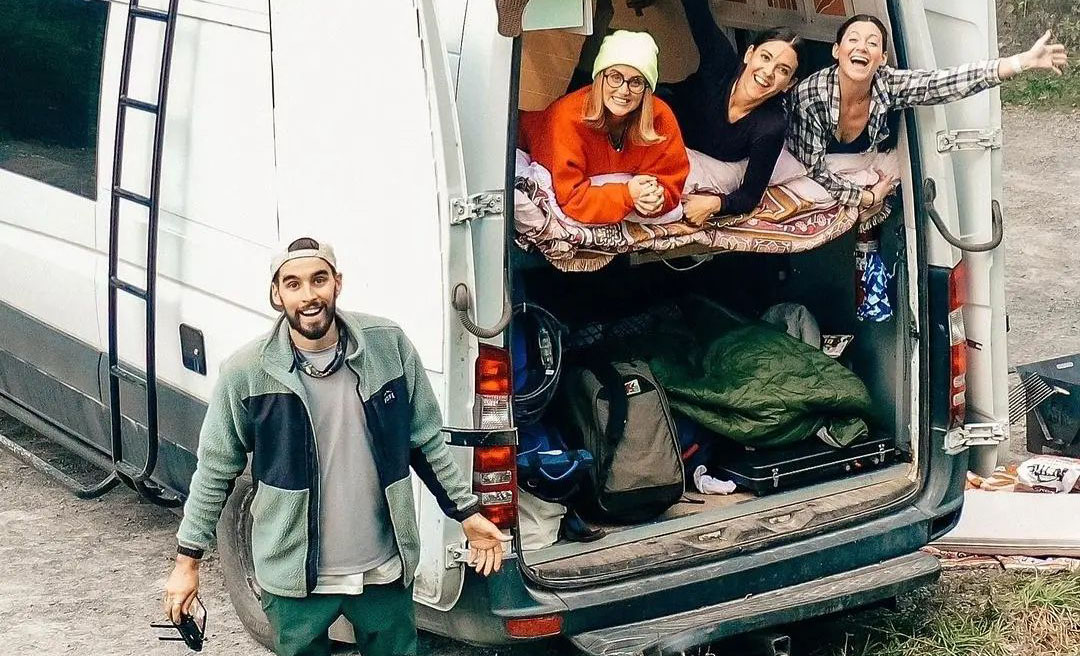Bumpers
Roof Racks
Ladders
Nerf Bars & Side Steps
Rear Storage
Aluminess Products, Inc. is located in Santee, California which is thirty minutes from downtown San Diego. We have been in business for over 20 years and we have established a solid reputation for manufacturing quality aluminum products for trucks, vans, and SUV’s. We are proud to offer products that are “Made in America”.
Our aluminum products are designed for strength and utility, providing additional protection for your vehicle. The lighter weight allows you to get full performance out of your suspension and prevents wear and tear on your alignment, brakes, and tires. In addition, you don’t have to worry about rust!
Our talented manufacturing staff is able to design, fabricate and weld bumpers, roof racks, and accessories for an ever-growing number of vehicles of various makes and models. Our sales staff is always available to answer questions and help ensure that you get the right products for your vehicles.
Read the full story
Come see Aluminess at the @adventurevanxpo and get everything you need to Build Your Own Adventure! 🏔️
• — • — • •
#aluminess #aluminessproducts #adventurevanexpo #adventurevan #mercedes #sprinter #mercedesbenz #ford #transit #transitvan #eseries #ram #promaster #upgrade #offroad #bumper #roofrack #sidesteps #adventure #overland #lifestyle #vanlife

Nothing like a little manufacturing montage to kick this week off right 👨🏭 Our products are made right here in the USA, and our in-house manufacturing yields a quality product that you’ll be proud to be using on your next journey!
• — • — • •
Aluminess…Build Your Own Adventure!
• — • — • •
#aluminess #aluminessproducts #madeintheusa #manufacturing #mercedes #sprinter #ford #transit #eseries #econoline #ram #promaster #upgrade #offroad #adventure #overland #lifestyle #vanlife

Matt Foley warned us about this…but honestly there’s not much that beats livin’ in a van down by the river 🚐 🌊 ❤️
• — • — • •
#aluminess #aluminessproducts #offroad #adventure #overland #lifestyle #vanlife #ford #econoline #eseries #livinginavandownbytheriver #advmobile

Get a closer look at our Driver’s Side Rear Door Tire & Box Rack installed on our Sprinter 👀 What rear door accessories are YOU rocking on your van?
• — • — • •
#aluminess #aluminessproducts #mercedes #sprinter #mercedesbenz #upgrade #offroad #adventure #overland #lifestyle #vanlife

@sportsmobilevans 🚐 63 years of building vans for YOU. Tried and True Quality, Expertise and Experience. So when the details matter, the Sportsmobile team turns to Aluminess for the best aluminum bumpers, racks, side steps and rear door accessories on the market.
• — • — • •
Bring those same qualities to YOUR van today!
🔗 SHOP THE LINK IN BIO 🔗
• — • — • •
#aluminess #aluminessproducts #sportsmobile #mercedes #sprinter #mercedesbenz #upgrade #offroad #adventure #overland #lifestyle #vanlife



























